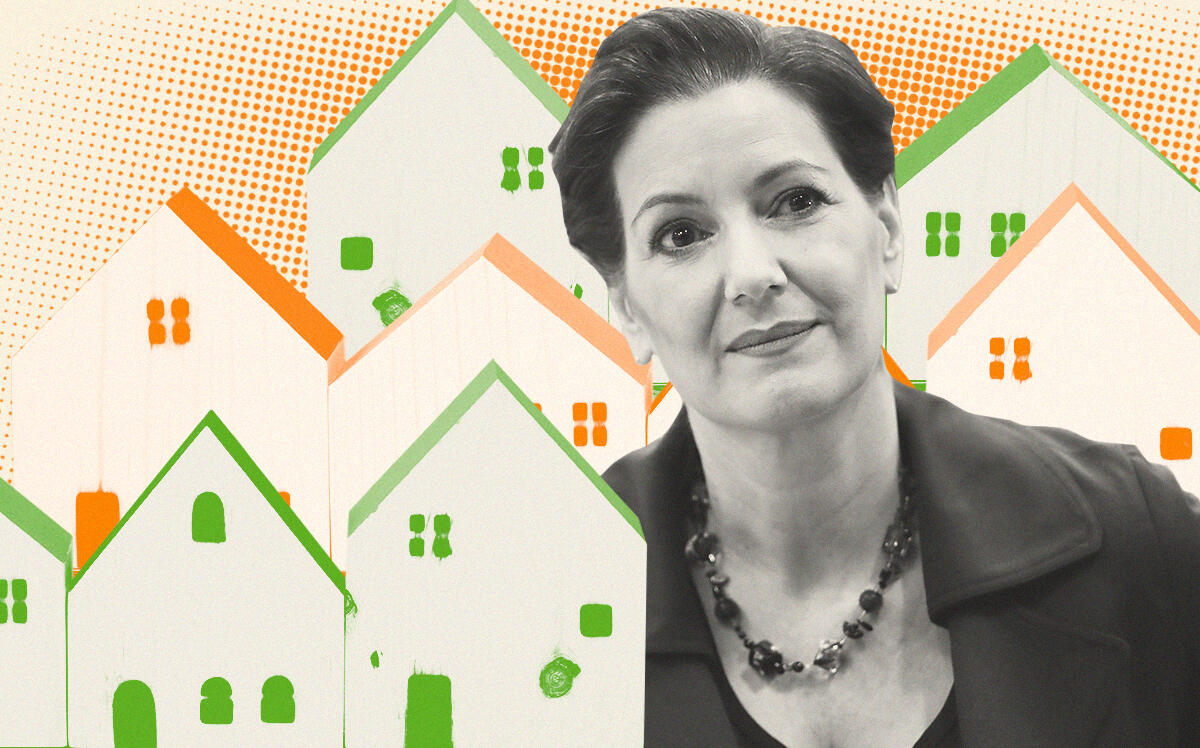The City of Oakland must find room for 26,000 new homes over the next decade to meet its state housing goal.
The East Bay city, the first in the Bay Area to earn a “pro-housing” designation from the state, is confident it can finalize its so-called “housing element” by Jan. 31, the East Bay Times reported.
Oakland has designated more than 600 sites for new housing. Most are concentrated in Downtown and West Oakland. Thoroughfares, including Foothill and MacArthur boulevards, also could see much more housing to focus growth near public transit lines.
Housing advocates say the state-mandated housing plan is forcing the city to do more to confront its severe lack of affordable homes.
“The city needs to focus explicitly on how to increase production and preservation of housing for the lowest-income folks where the needs are the greatest,” said Jeff Levin, policy director for the East Bay Housing Organizations, in a city-produced video about its housing plan.
Most of the construction would be done by private developers. Under state law, the city must target sites to create 26,251 more units between 2023 and 2031. That’s a 78 percent jump from its previous eight-year goal.
The city describes how it intends to meet and potentially surpass that ambitious target in its updated 132-page “housing element” plan released this month. By the end of January, all Bay Area cities must get state approval of their individual housing elements, or risk missing out on grant funding and facing other penalties.
Already approved “pipeline” projects could account for more than 13,000 of the new units. The rest could go on “opportunity sites” where housing has yet to be planned, but that the city has determined have a realistic chance of development over the next eight years.
The state also requires cities to plan for more affordable housing in “high-resource” neighborhoods with a history of locking out low-income residents and households of color. Oakland aims to rezone parcels in wealthier areas such as Rockridge, Trestle Glen and Crocker Highlands to allow more duplexes, apartments and low-income housing projects.
“A lot of (building affordable housing) boils down to money, but it also boils down to permitting,” said Oakland City Council President Nikki Fortunato Bas in a city housing video.
For the current eight-year housing cycle now coming to a close, most cities have fallen far short of planning for and permitting enough affordable homes. Oakland has approved less than half its current low-income target of 4,131 units. That number will increase to 10,261 starting next year.
But unlike in past years, there are actual stakes for meeting or missing the state’s planning requirements.
If cities fail to get the state to sign off on their housing elements by Jan. 31, they could miss out on affordable housing and infrastructure funding and lose control over the approval process for new homes.
While just a handful of Bay Area cities, including Alameda and Emeryville, have received state approval for the upcoming cycle, Oakland officials are confident the city will meet the deadline.
Last week, the city announced it is the first in the Bay Area to earn the state’s “pro-housing” designation, giving it a leg up in applying for scarce affordable housing funding as a reward for removing barriers to get projects built.
“This designation, in partnership with the state, will allow our robust pipeline of affordable housing to move forward at the time we need the units most,” Christina Mun, interim director of Oakland’s Housing and Community Development Department, told the East Bay Times.
— Dana Bartholomew
Read more


